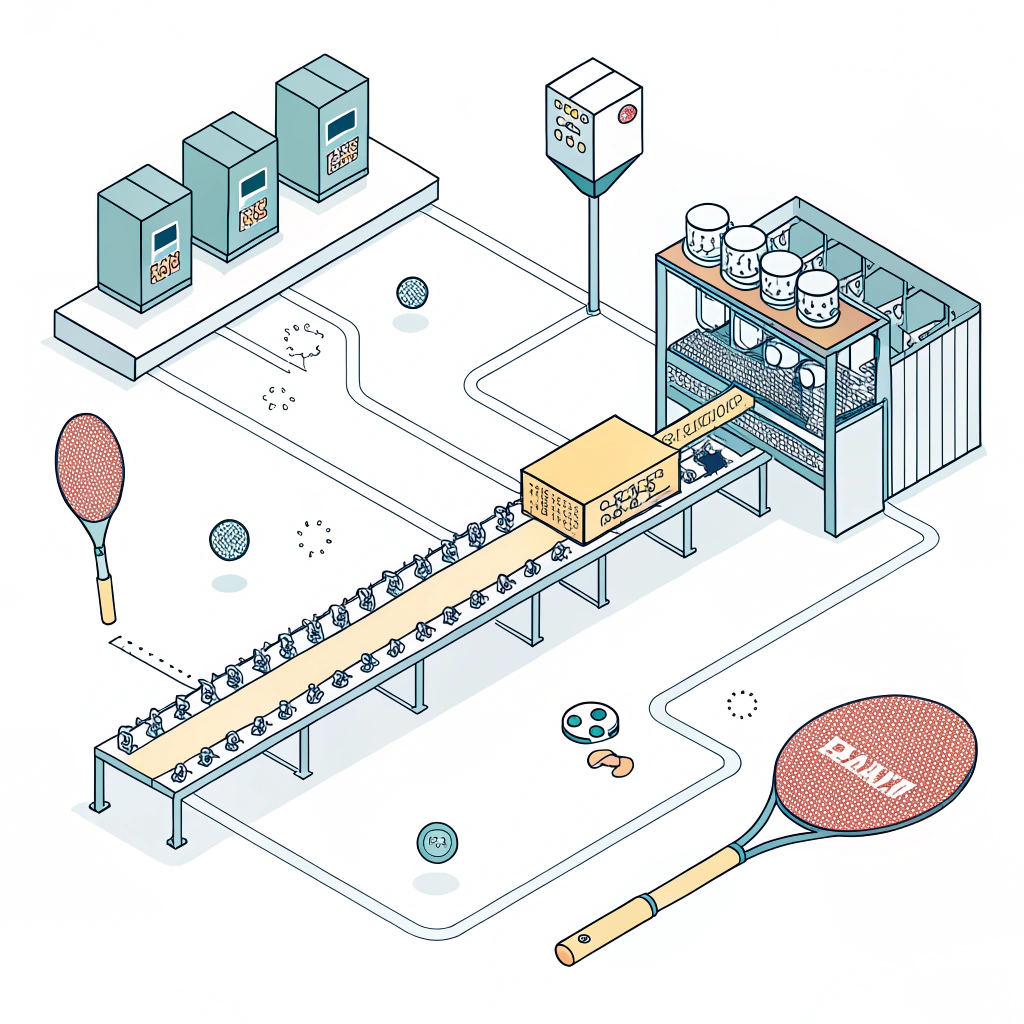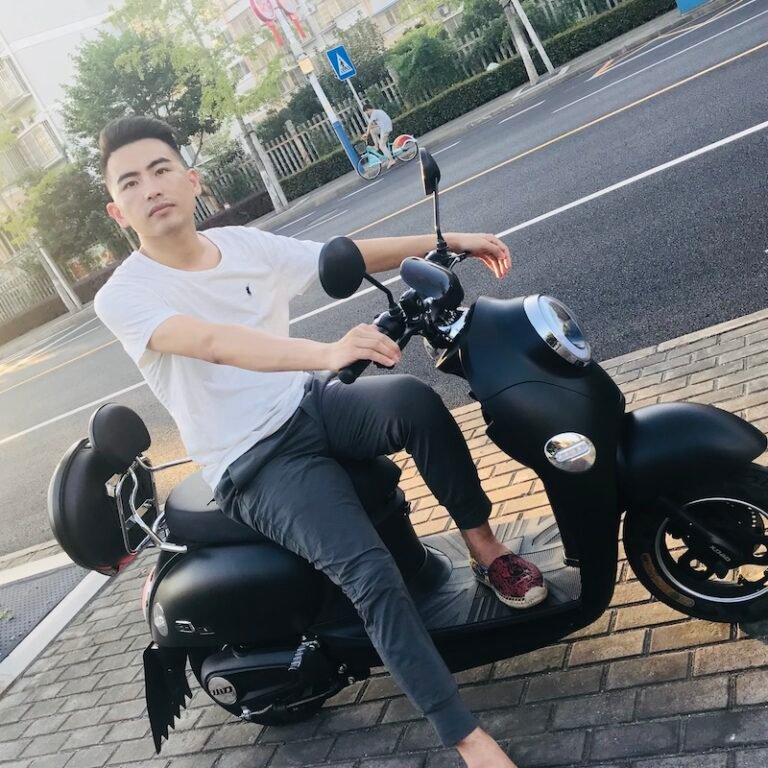Quick Answer: When sourcing pickleball products from China, it is crucial to understand the specific manufacturing processes, quality control measures, and potential pitfalls that could affect your supply chain. By carefully evaluating the materials, production methods, and supplier expertise, you can avoid common mistakes and secure high-performance products at competitive prices.
In today’s competitive sports and leisure market, procuring high-quality pickleball paddles from China can offer significant cost advantages and access to advanced manufacturing technologies. However, the process is not without risks. This article outlines the most common mistakes and pitfalls in importing pickleball products from China, and it provides actionable solutions to ensure that you get the best value for your investment.
Many procurement managers and business development directors face challenges when choosing a manufacturing partner for pickleball products. Some of the most frequent issues include:
- Mismatched material specifications: Different types of carbon fiber1 (3K, 12K, T300) and other materials like fiberglass or composite materials are used to build paddles, but misunderstandings regarding their performance characteristics can lead to product failures.
- Inadequate quality control practices: Without stringent testing protocols, there is a risk of ending up with paddles that do not meet performance expectations.
- Production process errors: Techniques such as hot pressing2, cold pressing, and thermoforming3 each come with their unique drawbacks. Not fully understanding these can result in cost overruns or inferior product performance.
- Supplier evaluation challenges: Many businesses experience difficulty in verifying whether a supplier truly adheres to OEM standards4 and employs the latest production techniques.
- Communication and customization issues: Overlooking detailed specifications during custom paddle design can lead to mismatch in weight distribution, grip size, and overall functionality.
Understanding these pitfalls is the first step towards mitigating risks and improving overall supplier selection.
To appreciate how these pitfalls occur, it is important to break down their underlying causes:
Different raw materials carry distinctive benefits and drawbacks. For instance:
-
Carbon Fiber Variants:
- 3K Carbon Fiber: Offers high rebound force and reduced vibration but might not provide the smooth finish desired for high-end paddles.
- 12K Carbon Fiber: Provides enhanced hardness and durability, critical for competitive play.
- T300 Carbon Fiber: Balances strength with light weight, ideal for premium paddle performance.
- Fiberglass: Offers flexibility and control but may lack the rigidity required for intense gameplay.
- Composite Materials5: These can combine the best attributes from different materials, but the composite ratio must be optimized.
Manufacturing processes are critical to paddle performance. Each technique—hot pressing, cold pressing, and thermoforming—requires specialized expertise:
- Hot Pressing: While it delivers strong impact resistance, excessive pressure or heat can alter material properties.
- Cold Pressing: Preserves material integrity but may produce longer cycles and higher unit costs.
- Thermoforming: Ideal for intricate designs, but often comes with increased production time and costs.
Even minor lapses in quality control can adversely affect product consistency. Rigorous quality assurance protocols and on-demand print services (for custom branding) are necessary to avoid defective products. Moreover, supplier credibility must be verified through research and factory audits, ensuring that the OEM can deliver on promised standards.
Adopting a solution-oriented approach is vital. Below is a checklist and a table summarizing key actions to mitigate common pitfalls in the sourcing process:
-
Verify Material Specifications:
• Request detailed technical sheets for each material, such as 3K, 12K, and T300 carbon fibers.
• Compare material properties and ensure they match your product performance needs. -
Assess Production Techniques:
• Understand the advantages and trade-offs associated with hot pressing2, cold pressing, and thermoforming3.
• Ask for examples of past work and details about quality control measures during production. -
Evaluate Quality Control Protocols:
• Ensure that the supplier offers rigorous testing and quality assurance procedures.
• Schedule factory visits or third-party audits to verify compliance with OEM standards. -
Clarify Customization Options:
• Confirm that the manufacturer can handle on-demand print services or custom paddle designs, especially if branding is crucial. -
Negotiate Clear Contract Terms:
• Set milestones for product testing, delivery schedules, and post-production support. -
Benchmark Competitors:
• Compare technical specifications and pricing with other Chinese manufacturers as well as non-Chinese brands.
| Production Process | Advantages | Disadvantages | Best For |
|---|---|---|---|
| Hot Pressing | High production efficiency; robust structure; ideal impact resistance | May alter natural material properties; high capital cost | High-volume, durable paddles |
| Cold Pressing | Preserves material integrity; allows for precise thickness control; excellent ball feel | Longer production cycles; requires exact pressure calibration | Paddles requiring superior control and flexibility |
| Thermoforming | Capable of intricate designs; optimized material distribution; stable performance | Higher equipment costs; longer production times | Premium custom paddles and low-volume productions |
Integrating real-world scenarios helps reinforce the importance of proper supplier evaluation and product testing.
A well-known sports equipment supplier once faced a situation where their imported pickleball paddles showed inconsistent performance. The root causes included:
- Inadequate testing during hot pressing, leading to changes in material composition.
- Communication mismatch regarding the custom paddle design related to grip size and balance.
After a comprehensive review and implementation of stringent quality checks—including rigorous in-line testing and standardized certification—the supplier managed to significantly reduce defect rates and improve paddle performance.
- Proactive Communication: Maintain a continuous dialogue with your supplier regarding every stage of production.
- Rigorous Testing: Insist on third-party quality audits before finalizing contracts.
- Documentation: Keep detailed records of specifications, test results, and supplier certifications for accountability.
To consolidate the insights shared above, here are some key recommendations for procurement managers and business development directors:
- Always verify that suppliers adhere to international quality standards.
- Request case studies or performance data from previous orders.
- Use audits (either in-house or third-party) to inspect production facilities and processes.
- Test sample batches rigorously before committing to large orders.
- Ensure that the product design (including custom paddle options) meets specific ergonomic and performance standards.
- Evaluate the production process details to understand how each method influences product performance.
- Negotiate terms that include quality guarantees, penalty clauses for non-conformance, and efficient post-production support.
- Work with suppliers who display transparency in their production methods and quality control practices.
- Building a long-term partnership with a supplier like NEX Pickleball can provide continuous improvements through regular feedback loops.
- Monitor market trends and material innovations to stay ahead of competitors.
- Leverage on-demand print services and customization capabilities to enhance brand differentiation.
Sourcing pickleball products from China offers significant advantages but comes with its distinct challenges. By understanding the pitfalls related to material mismatches, production process complexity, and quality control issues, you can navigate the procurement process more safely. Our solution-oriented approach—centered on detailed material verification, process evaluation, supplier auditing, and rigorous testing—provides a solid roadmap for making informed decisions.
As you move forward in your process, remember that the ultimate goal is to secure high-performance, durable paddles that cater to your market’s demands while minimizing risks. Use the checklist and recommendations provided here as a reference to strengthen your vendor negotiations and ensure that your products meet the highest quality standards. Making these strategic decisions now will result in better product performance, improved customer satisfaction, and a sustainable competitive edge in the fast-growing pickleball market.
What is the best pickleball paddle made in China?
While several manufacturers produce high-quality pickleball paddles in China, many experts point to brands with rigorous quality control and advanced production techniques. Leading companies have established reputations through consistent performance, making them reliable choices for competitive play.
Which pickleball paddles are not made in China?
Certain pickleball paddles are manufactured outside China, notably in the United States. For example, some products by Gamma, PROLITE, and Paddletek are produced in the US, offering an alternative for buyers looking to source products domestically.
What is the number one brand in pickleball?
There is no single definitive number one pickleball brand. Leading names in the industry include Franklin, Joola, Onix, Paddletek, and Selkirk Sport. The best choice often depends on individual player preferences and specific performance requirements.
-
carbon fiber: Click to read more about the different carbon fiber variants, their manufacturing intricacies, and how they impact product durability and performance. Back to carbon fiber ↩
-
hot pressing: Click to explore detailed insights into the hot pressing technique, its benefits in mass production, and potential drawbacks to consider. Back to hot pressing ↩ ↩2
-
thermoforming: Click to learn about thermoforming, including how it enables intricate designs and affects production timelines and costs. Back to thermoforming ↩ ↩2
-
OEM standards: Click to understand OEM standards in depth, including why adherence is crucial for ensuring product quality and consistency in manufacturing. Back to OEM standards ↩
-
Composite Materials: Click to gain insights into composite materials, how they blend multiple properties for optimal performance, and considerations for their usage in sports equipment. Back to Composite Materials ↩







